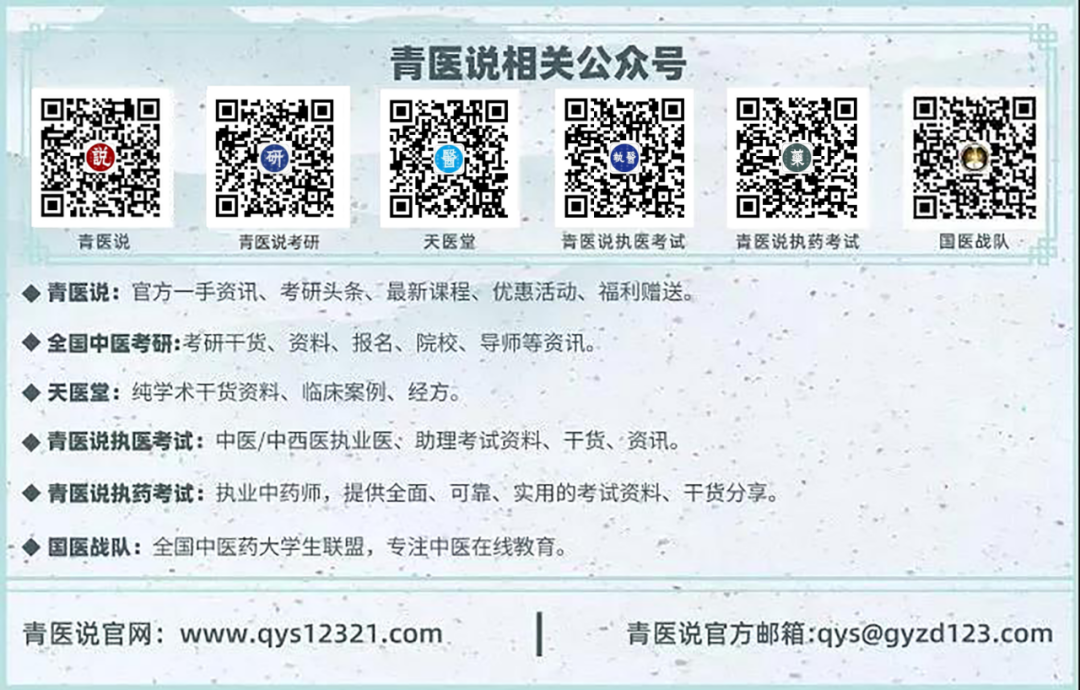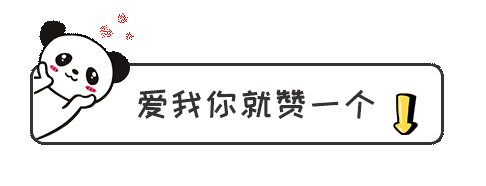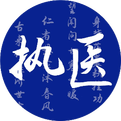1. Key Points and Precautions for Common Cupping Techniques
SPRING
1. Flash Cupping Technique Key Points:① Select an appropriate position to fully expose the acupoints to be cupped. ② Choose cupping instruments of suitable size. ③ Use tweezers to hold a cotton ball soaked in 95% alcohol, ignite it, and quickly move it in a circular motion around the inner wall of the cup for 1-3 circles or a brief pause before swiftly removing it, then quickly place the cup on the targeted area and immediately lift it off. ④ Repeat the process of placing and lifting the cup multiple times. ⑤ Cupping is done until the skin at the treatment site becomes red, congested, or shows bruising. Precautions:① The actions of igniting, suctioning, and lifting the cup should be fluid; the wrist should be relaxed, and the movements should be flexible. ② The flame should be moderate. ③ The suction strength should be appropriate. ④ Avoid letting the flame linger at the cup’s opening for too long or using one cup for an extended period to prevent overheating and burning the skin. 2. Retained Cupping Technique (Sitting Cupping) Key Points:① Select an appropriate position to fully expose the acupoints to be cupped. ② Choose cupping instruments of suitable size based on need. ③ Use hemostatic forceps or tweezers to hold a cotton ball soaked in 95% alcohol, ignite it, and quickly move it in a circular motion around the inner wall of the cup for 1-3 circles or a brief pause before swiftly removing it, then quickly place the cup on the targeted area to create suction. ④ The retention time for the cup should be until the local skin is red, congested, or shows bruising, generally lasting 5-15 minutes. ⑤ To remove the cup, hold it with one hand while using the thumb or index finger of the other hand to press around the cup’s opening to create a dent, allowing air to enter the cup, and the cup will naturally detach. Precautions:① The suction strength should be determined based on the patient’s constitution, muscle thickness, cupping area, and tolerance. ② The suction should rely on negative pressure for natural adhesion and should not involve pressing the cup forcefully against the skin to increase suction. ③ If the patient feels discomfort due to excessive suction during the cupping process, air can be introduced into the cup using the removal technique. ④ Avoid letting the flame linger at the cup’s opening for too long to prevent burns. 3. Sliding Cupping Technique (Pushing Cupping, Pulling Cupping) Key Points:① Select an appropriate position to fully expose the acupoints to be cupped. ② Choose suitable glass cups of appropriate size. ③ Apply an adequate amount of lubricant, such as petroleum jelly or water, or choose other lubricants like safflower oil on the treatment area. ④ First, use the flash cupping technique to create suction on the treatment area, then hold the cup with one or both hands and slide it back and forth up and down or side to side on the treatment area. When sliding the cup, slightly lift the edge of the cup on the advancing side while applying pressure on the other side to facilitate the movement. ⑤ Repeat the process until the treatment area becomes red, congested, or shows bruising. ⑥ To remove the cup, hold it with one hand while using the thumb or index finger of the other hand to press around the cup’s opening to create a dent, allowing air to enter the cup, and the cup will naturally detach. Precautions:① This technique is mainly used on areas with thicker muscles, such as the back and lower limbs. It is not suitable for areas with loose skin, excessive wrinkles, dense hair, or prominent bones. ② The suction strength and sliding speed should be appropriate, based on the principle of skin becoming red and the patient’s tolerance. ③ The force applied during sliding should be even and consistent. ④ The cup’s opening should be smooth and rounded. 4. Bloodletting Cupping Technique (Pricking and Cupping) Key Points:① Select an appropriate position to fully expose the acupoints to be cupped. ② Choose suitable glass cups of appropriate size. ③ Disinfect the treatment area and perform bloodletting: the practitioner should wear sterilized gloves, disinfect the treatment area with iodine, and use a three-edged needle (or a disposable syringe needle) to prick the area to induce bleeding, or use a skin needle to prick and induce bleeding. ④ Use the flash cupping technique to retain the cup, leaving it for 5-15 minutes before removal. ⑤ When removing the cup, do not do it abruptly to avoid splattering contaminated blood and polluting the surrounding environment. Clean any residual blood on the skin with a sterilized cotton swab and disinfect the cupping instruments afterward. Precautions:① This method is contraindicated for patients with severe blood disorders, such as hemophilia, thrombocytopenia, or leukopenia; it should be used cautiously in patients with severe diabetes; do not perform bloodletting cupping over major blood vessels. ② The depth of the prick, amount of bleeding, and treatment intervals should be determined based on the patient’s condition. Generally, the same area should be treated after several days, but for patients with severe heat or toxic conditions, it can be done daily. ③ Ensure that the cupping is centered on the bloodletting site. 5. Needle Retention Cupping Technique (Needle and Cupping) Key Points:① Select an appropriate position to fully expose the acupoints to be cupped. ② Choose suitable glass cups of appropriate size. ③ Insert the acupuncture needle to a certain depth, manipulate the needle, obtain qi, and retain the needle. ④ Use the flash cupping technique to retain the cup centered on the needle insertion point, generally for 10-15 minutes, until the local skin is red, congested, or shows bruising. ⑤ After removing the cup, withdraw the needle. Precautions:① This method is mainly used on areas with thicker muscles; it is not suitable for acupoints on the chest and back. ② The positioning during cupping should be accurate, centered on the needle insertion point, and should not be excessively off-center. ③ Choose a cup size that does not compress the tail of the needle based on the length of the exposed needle and the cupping area. ④ The suction strength should be moderate.
2. Precautions for Cupping Techniques
SPRING
1. Precautions Before Cupping (1) Patients should wear loose clothing to facilitate full exposure of the treatment area and keep the muscles relaxed and flat. The position should not be changed arbitrarily during the cupping process. (2) Generally, cupping should be performed on areas with ample muscle. Areas with uneven bones or dense hair are not suitable for cupping as the cups may easily fall off. (3) Choose the position based on the patient’s condition, constitution, and cupping area, preferably lying down to avoid dizziness or insufficient suction leading to cup detachment when sitting. (4) Provide a thorough explanation before cupping and clearly describe the possible outcomes after cupping, obtaining the patient’s consent before proceeding. (5) Gather detailed medical history, current health status, and understand the indications and contraindications. Cupping is not suitable for patients with skin allergies, ulcers, edema, or those in areas with major blood vessels; pregnant women should not be cupped on the abdomen or lower back; patients with spontaneous bleeding tendencies, high fever, or convulsions are prohibited from cupping. 2. Operational Precautions (1) Choose appropriately sized cups that facilitate operation and achieve the best therapeutic effect. For the elderly, children, those with weak constitutions, and first-time cupping patients, smaller cups should be selected. Smaller cups are suitable for thin skin areas (like the face), while larger cups are suitable for the lower back. Generally, transparent cups, commonly glass, are preferred for easy observation of changes in the skin and blood inside the cup. (2) When using the flash cupping technique, ensure that the cotton ball soaked in alcohol is not overly saturated to prevent dripping and burning the skin, or even causing a fire. The flame should not burn at the cup’s opening and should not linger inside the cup for too long to avoid burns. (3) The suction strength should be moderate, based on the patient’s comfort or slight pain tolerance. (4) The practitioner should be skilled, using gentle techniques and avoiding excessive force that could bruise the skin. (5) After cupping, manage the fire source carefully to prevent fire hazards. 3. Post-Treatment Precautions (1) After retained or sliding cupping, the body may have cup marks, which is normal and will gradually fade. (2) If itching occurs at the treatment site after cupping, gently pat the area instead of scratching to avoid breaking the skin and causing infection. (3) If blisters occur due to improper operation or factors related to constitution or condition, handle them accordingly. (4) If feeling fatigued after treatment, drink warm water and rest appropriately, as most symptoms can resolve on their own. (5) After using the cups, they should be collected for disinfection to prevent contamination.






